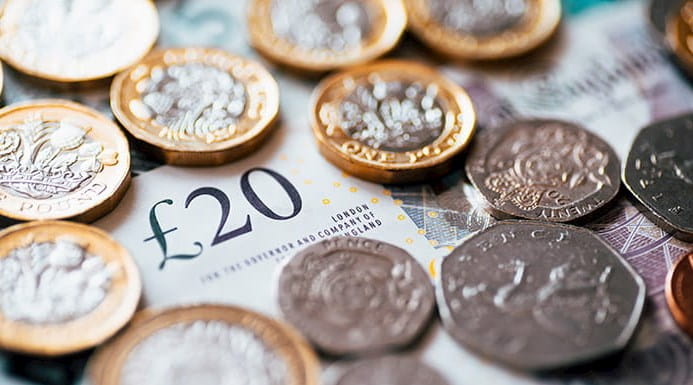What is the tax gap?
The tax gap is the difference between the amount of tax HMRC expects to collect and what it actually receives.
HMRC calculates the tax gap for each tax year. The latest year for which figures are available is 2022/23. Estimated tax receipts were £823.8bn and the amount HMRC collected was £784bn. Therefore, the tax gap was £39.8bn. This was equal to 4.8% of the total amount that HMRC expected to receive.

What causes the tax gap?
The two main causes of the tax gap are criminal behaviour and failing to take reasonable care. Together they amount to approximately 58% of the tax gap.
Criminal behaviour includes evasion, criminal attacks and the hidden economy.
Other causes are:
- error (15%),
- non-payment (13%), and
- differences in legal interpretation (10%),
- avoidance (4%).

Is the tax gap getting bigger?
The tax gap has come down in percentage terms: it was 7.4% in 2005/06, compared to 4.8% in 2022/23.
In real terms the tax gap has been relatively static. However, it did increase significantly between 2020/21 and 2021/22 due in part to the effects of the COVID pandemic and inflation. HMRC suggests that it is best to focus on the trend in the percentage tax tap rather than the absolute numbers.

How accurate is the tax gap?
HMRC calculates the tax gap in accordance with the UK Statistics Authority’s code of practice. And its work on calculating the tax gap has been praised in the past, including by the International Monetary Fund.
However, it should be remembered that the tax gap figure is HMRC’s best estimate based on the information available to it. HMRC gives each component of the tax gap an uncertainty rating. For 2022/23, approximately 24% had a 'high' or 'very high' level of uncertainty.

UK needs tax strategy
In its Manifesto, ICAEW sets out its vision for a renewed and resilient UK, including the need for an overarching tax strategy.




